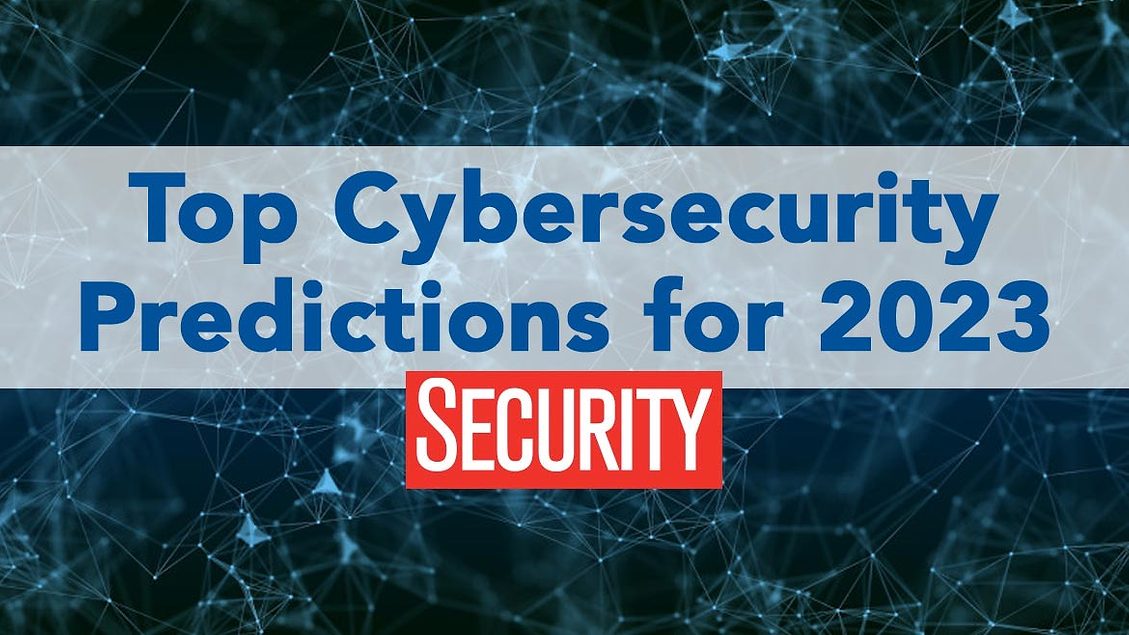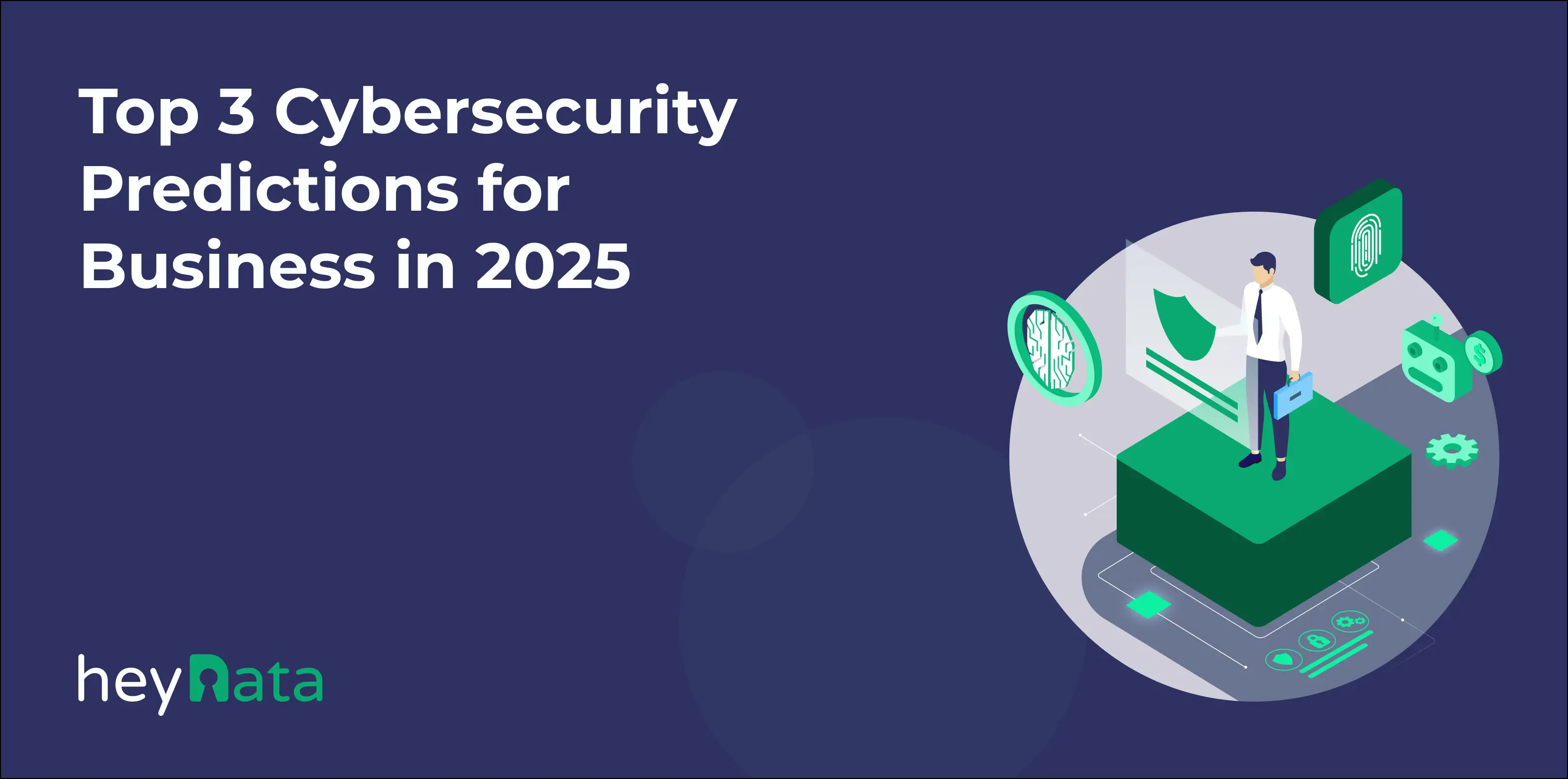Beware of the rise of Deepfake Social Engineering Attacks tricking users.
Wiki Article
Top Cybersecurity Forecasts for 2024: Stay Ahead of Arising Threats
As we come close to 2024, the cybersecurity landscape is poised for considerable transformation, driven by emerging hazards that organizations must not just expect however likewise strategically address. With governing adjustments on the horizon and a critical emphasis on cybersecurity training, it is necessary for organizations to reassess their methods to continue to be resistant.Increase of AI-Driven Attacks
As organizations progressively take on expert system modern technologies, the capacity for AI-driven strikes is ending up being a vital issue in cybersecurity. Cybercriminals are leveraging AI to boost the class and effectiveness of their strikes, producing a landscape where conventional safety procedures may falter. These assaults can manipulate equipment discovering algorithms to identify vulnerabilities in systems and networks, resulting in a lot more targeted and damaging violations.AI can automate the reconnaissance stage of an assault, enabling enemies to collect large amounts of information promptly (7 Cybersecurity Predictions for 2025). This capability not only reduces the time needed to introduce an attack yet also boosts its accuracy, making it harder for defenders to prepare for and minimize threats. In addition, AI can be made use of to produce persuading phishing schemes, produce deepfake content, or adjust data, further complicating the cybersecurity landscape
Organizations need to focus on the assimilation of AI-driven cybersecurity services to respond to these emerging hazards. By utilizing innovative risk detection systems, organizations can enhance their capacity to identify and counteract AI-generated attacks in real time. Continual financial investment in training and understanding programs is likewise essential, as it furnishes workers to identify and react to possible AI-driven hazards successfully.
Increased Ransomware Elegance
The surge of AI-driven assaults is not the only fad reshaping the cybersecurity landscape; ransomware strikes have actually additionally evolved, coming to be significantly advanced and targeted. As cybercriminals improve their techniques, organizations encounter increased dangers that need flexible methods to minimize possible damages.
Modern ransomware risks now utilize advanced strategies, such as double extortion, where assaulters not only secure data however additionally endanger to leak sensitive info if their needs are not satisfied. This includes an extra layer of stress on victims, frequently engaging them to pay ransom money to protect their credibilities and client trust.
Moreover, using automated devices and maker learning algorithms by criminals has streamlined the strike process, allowing them to identify susceptabilities a lot more successfully and tailor their tactics versus certain targets. Such developments have actually led to a disconcerting rise of strikes on critical facilities, healthcare systems, and supply chains, stressing the need for robust cybersecurity structures that focus on real-time hazard discovery and reaction.
To respond to these progressing threats, companies must spend in extensive training, advanced security technologies, and event action prepares that integrate lessons picked up from previous ransomware incidents, ensuring they stay one action in advance of increasingly complex assaults.
Development of IoT Vulnerabilities
With the fast development of the Web of Points (IoT), susceptabilities related to these interconnected tools have actually come to be an important problem for companies and individuals alike. The proliferation of clever tools, from home devices to commercial sensors, has created an expansive assault surface area for cybercriminals. Lots of IoT devices are released with very little safety procedures, typically utilizing default passwords or outdated firmware, making them susceptible to exploitation.As gadgets become interconnected, the capacity for large-scale assaults rises. As an example, endangered IoT devices can function as entry factors for opponents to penetrate more safe networks or launch Dispersed Rejection of Solution (DDoS) attacks. 7 Cybersecurity Predictions for 2025. The lack of standardization in IoT protection determines further worsens these vulnerabilities, as differing manufacturers carry out varying degrees of protection
Additionally, the raising sophistication of malware targeting IoT gadgets positions considerable threats. Risk actors are consistently creating new approaches to make use of these weaknesses, bring about potential data breaches and unauthorized access to sensitive information. As we move into 2024, organizations must prioritize IoT safety, executing robust actions to secure their networks and alleviate the dangers connected with this swiftly expanding landscape.
Regulatory Modifications Impacting Security

In 2024, we anticipate to see much more rigorous compliance demands for organizations, specifically those that manufacture or release IoT tools. The introduction of guidelines such as the European Union's Cyber Durability Act and updates to existing frameworks like the NIST Cybersecurity Framework will stress safety deliberately. Organizations will be mandated to apply robust security steps from the initial phases of product advancement, ensuring an aggressive stance versus possible vulnerabilities.
Additionally, regulatory bodies are most likely to impose considerable penalties for non-compliance, engaging services to focus on cybersecurity investments. This change will certainly not only enhance the overall safety and security pose of companies but will certainly likewise cultivate a society of accountability in shielding customer information. As laws tighten up, the onus will increasingly fall on firms to show conformity and protect versus the ever-evolving dangers in the electronic landscape.
Emphasis on Cybersecurity Training
Organizations' commitment to cybersecurity training is coming to be increasingly crucial as hazards advance and attack vectors increase. With cybercriminals constantly creating advanced techniques, it is paramount for employees at all levels to recognize the dangers and identify their duty in reducing them. Comprehensive training programs gear up team with the expertise and abilities needed to identify prospective risks, such as phishing assaults, social design tactics, and malware.Furthermore, a culture of cybersecurity recognition promotes watchfulness among staff members, minimizing the possibility of human error, which continues to be a substantial vulnerability in many companies. Regularly upgraded training modules that reflect the most up to date threats will certainly make sure that team stay informed and efficient in reacting efficiently.


In 2024, companies will likely cyber resilience focus on recurring education and simulation exercises, enabling employees to practice their action to real-world circumstances. Cooperation with cybersecurity specialists for customized training options might likewise end up being a lot more widespread. Inevitably, buying staff member training not just enhances a company's protection pose yet additionally grows a proactive method to cybersecurity, strengthening the idea that security is a shared responsibility across the business.
Verdict
To conclude, the cybersecurity landscape in 2024 will certainly be shaped by the rise of AI-driven assaults, increasingly advanced ransomware techniques, and the growth of vulnerabilities related to IoT gadgets. Regulative modifications will require improved conformity procedures, emphasizing the relevance of incorporating safety by design. Moreover, a solid emphasis on thorough cybersecurity training will be vital in growing an organizational society durable to arising dangers. Aggressive adaptation to these fads will be important for reliable defense strategies.Report this wiki page